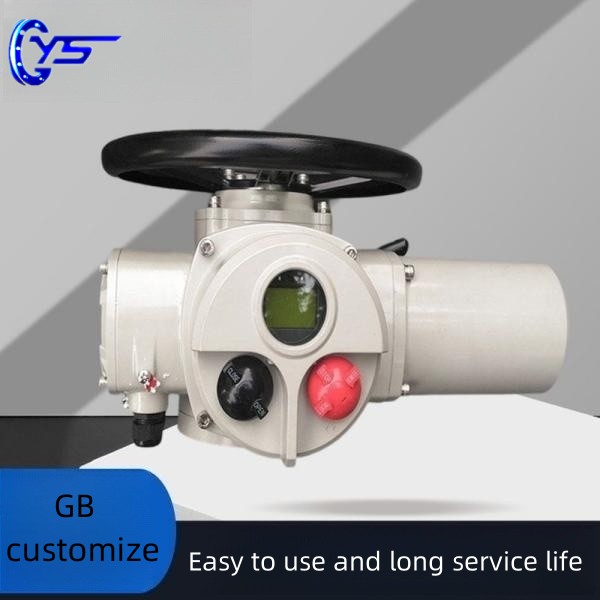types of control valves used in industry
Types of Control Valves Used in Industry
Control valves play an integral role in the industrial process by regulating the flow, pressure, temperature, and fluid levels in various systems. They are essential components in many applications, from oil and gas to water treatment, chemical manufacturing, and food processing. This article provides an overview of the major types of control valves utilized in industrial settings, highlighting their functions, advantages, and typical applications.
1. Globe Valves
Globe valves are among the most widely used control valves in various industries. Characterized by their spherical body shape, they offer excellent throttling capabilities and are ideal for applications requiring flow regulation. The flow path is linear, which allows for precise control over the flow rate. Globe valves are suitable for high-pressure and high-temperature applications, making them common in the oil and gas sector as well as in power generation. However, they tend to have a higher pressure drop compared to other valve types.
2. Ball Valves
Ball valves are another popular type of control valve, known for their quick opening and closing action. They feature a spherical disc (the ball) that allows fluid to flow through when aligned with the flow direction. Ball valves provide minimal resistance and are typically used for on/off service. While they are less effective for throttling compared to globe valves, some designs, such as trunnion-mounted ball valves, can achieve varying degrees of flow control. Their durability and reliability make them suitable for many applications, including chemical processing and water treatment.
Butterfly valves are characterized by a rotating disc that acts as a flow regulator. They are lighter and more compact than globe and ball valves, making them ideal for large pipelines and areas with space constraints. Butterfly valves are commonly used in water distribution, HVAC systems, and fire protection services. They can be operated manually or automatically and offer a good degree of throttling, although they are not as precise as globe valves. The main advantage of butterfly valves is their quick response time and ease of installation.
types of control valves used in industry

4. Gate Valves
While typically not used for flow control, gate valves serve as isolation devices. They have a wedge-shaped gate that moves up and down to open or close the flow path. Gate valves are suitable for applications where a straight-line flow of fluid is necessary, such as in pipelines that require a full opening or closure without pressure drop. They are often found in waterworks and oil and gas industries. However, due to their design, they are not recommended for throttling purposes, as doing so can lead to damage and erosion.
5. Check Valves
Check valves prevent backflow in a piping system, protecting pumps and other equipment from damage. They operate automatically, allowing fluid to flow in one direction while preventing reverse flow. Common types include swing, lift, and ball check valves. These valves are crucial in applications such as sewage treatment and HVAC systems, where backflow could cause significant issues.
6. Pressure Relief Valves
Pressure relief valves are critical for maintaining safety in pressurized systems. These valves automatically release pressure when it exceeds a predetermined level, protecting equipment from potential damage or failure. They are commonly used in steam boilers, pressure vessels, and various chemical processing industries. Effective pressure management is essential for preventing accidents and ensuring operational safety.
Conclusion
In summary, control valves are vital components in various industrial processes, each type serving unique functions based on the requirements of the system. From the precise throttling capabilities of globe valves to the quick shut-off features of ball valves, and the space-saving designs of butterfly valves, each valve type plays an essential role in ensuring operational efficiency and safety. Understanding the various types of control valves and their applications can assist engineers and operators in selecting the right valve for their specific needs, ultimately leading to improved system performance and reliability. As industries continue to evolve, the development of advanced control valve technologies will further enhance process control and automation across various sectors.
-
Breakthrough in Domestic Low Temperature Valve Technology in ChinaNewsAug.18,2025
-
From Machinery to Intelligent Brain: The Digital Transformation Wave of the Valve IndustryNewsAug.18,2025
-
PCVEXPO 2025NewsAug.18,2025
-
The Key to Fluid Control: Exploring the Advantages of Ball Valves in Industrial SystemsNewsJul.09,2025
-
The Versatile World of 1, 2, and 3 Piece Ball ValvesNewsJul.09,2025
-
Stainless Steel Ball Valves: The Ideal Choice for Efficient Flow ControlNewsJul.09,2025
-
Optimizing Fluid Control with Ball Float ValvesNewsJul.09,2025




